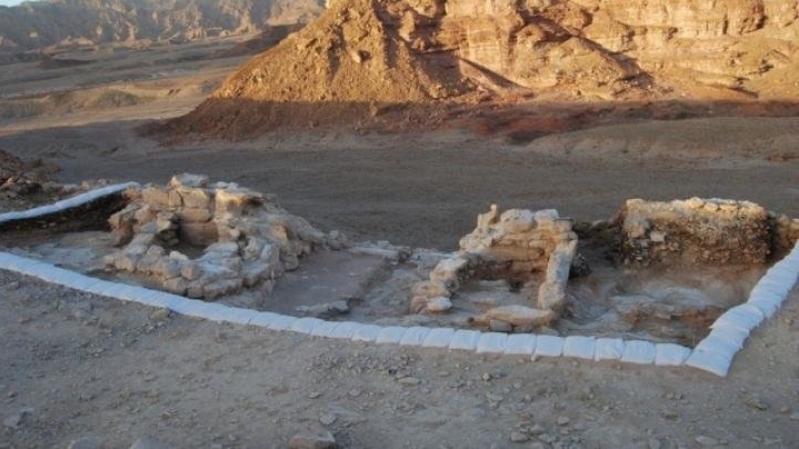
Archaeologists unearthed an ancient wall in southern Israel that could provide evidence for a Biblical account described in the Old Testament.
The wall, which dated back to the 10th century BCE, was discovered by an archaeology team headed by Dr. Erez Ben-Yosef of Tel Aviv University. Situated in the Arava desert, in the southern part of Israel, the wall was located at the copper mines in Timna Valley, according to Israel Hayom.
Based on radiocarbon dating, these ancient copper mines are believed to have been active during the time of King Solomon. Also referred to as "King Solomon's Mines," archaeologists previously thought the place was operated by Egyptians. However, recent discoveries led them to conclude that it was used by the semi-nomadic Edomites, one of the enemies of Israel.
The Edomites, at the time, was a group of people who had "significant development, organization, and power," according to Ben-Yosef. However, they lived in tents, which would have made it difficult for archaeologists to detect them had they not been engaged in the mining industry, The Times of Israel reported.
"We have plenty of archaeological proof to determine that the miners who worked the Timna mines weren't humble slaves, as had been assumed, but rather expert miners who oversaw the complex, demanding work by apprentices," Ben-Yosef said.
"Today, we are discovering more and more evidence of a concentrated, hierarchical society that interacted extensively with its neighbors, which matches up with texts from the Bible and other sources."
The wall that was discovered in the mines was at least five meters high and hundreds of meters long. There were many sling stones found next to the structure, leading experts to believe that a great battle took place there, which was mentioned in 2 Samuel 8:13: "And David made a name for himself when he returned from striking down 18,000 Edomites in the Valley of Salt."
Ben-Yosef said the site has great research potential.
"Who knows, maybe one day we will be able to reconstruct ancient palm wine and the days of King David," he said.
Another team of archaeologits working at Sussita (Hippos) in the Golan Heights unearthed a Roman theater outside the walls of the Old City of Jerusalem, Israel Hayom reported.
The theater is believed to have been used for religious rites instead of for entertainment purposes. Dr. Michael Eisenberg of the University of Haifa, who heads the archaeological team, said they first found the gate of Pan, a greek god, leading to "a large public compound." Then they discovered a public bathhouse and a theater nearby.
During the Roman period, these were largely associated with "the god of medicine Asclepius or with gods of nature such as Dionysus and Pan."
"If our hypothesis is correct, it is quite possible that thousands of visitors to the theater came not to see the latest show in town, but to take part in rituals honoring one of the gods of the Greco-Roman pantheon," Eisenberg said.







